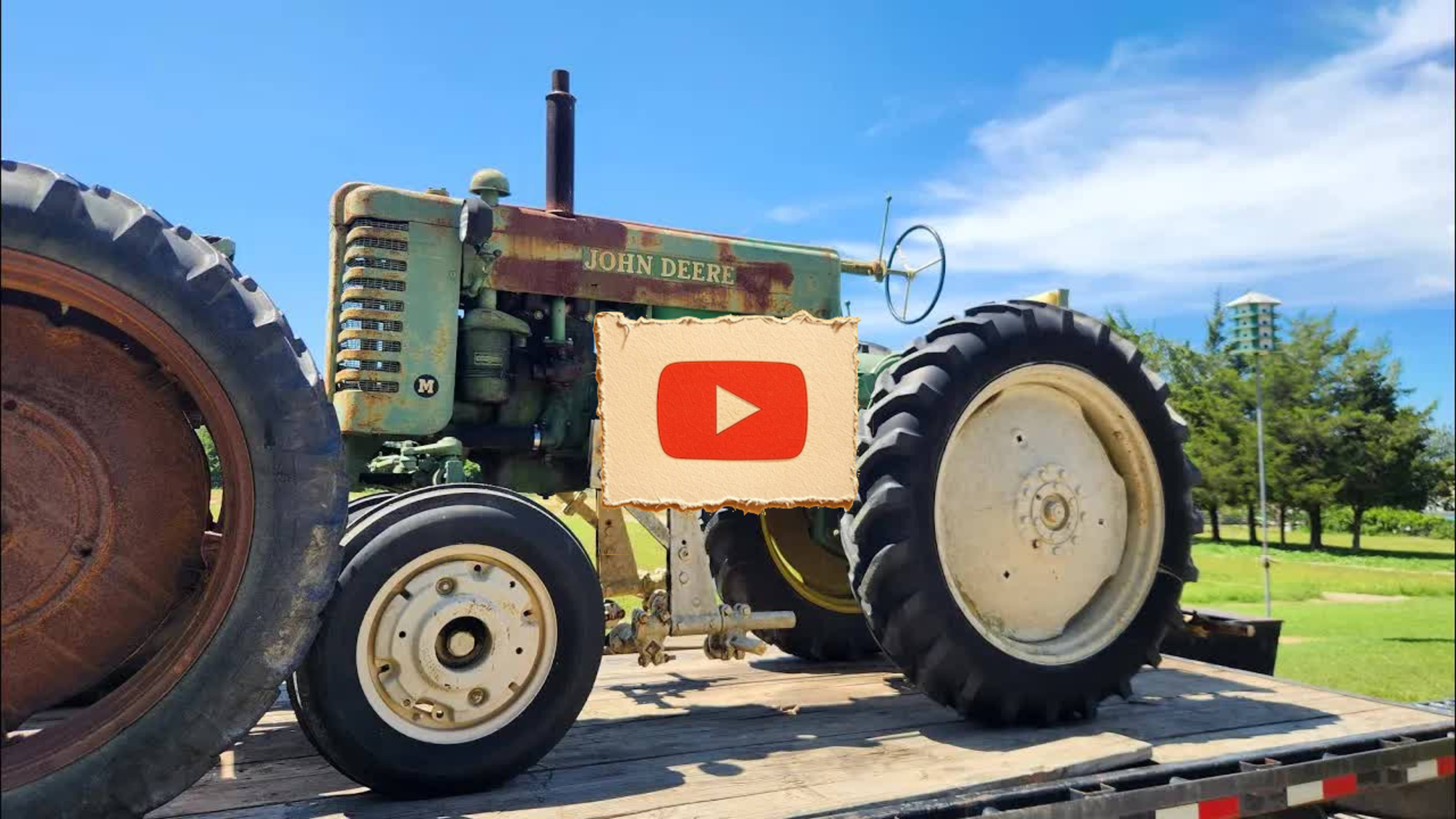Key Points
- The narrator's Italian family immigrated to Philadelphia around the turn of the century and later settled in New Jersey to work vegetable farms
- New Jersey earned the nickname "Garden State" due to its sandy, loamy soil ideal for vegetable production along the Delaware River
- New Jersey was responsible for significant agricultural innovations including the plum tomato, Red Delicious apple, and various asparagus varieties
- Most vegetable farms in the Swedesboro area were 100-150 acres, focusing on crops like tomatoes, squash, asparagus, and peppers
- Italian vegetable farmers worked with Swedesboro Supply to develop the Farmall AV high-clearance tractor with 27 inches of ground clearance
- The AV featured 36-inch rear wheels, 19-inch offset front wheels, and a square center tube for added strength
- Approximately 3,600 AVs were made, with about 2/3 shipped to South Jersey where they remain popular for cultivation
- John Deere developed the MV tractor as competition to the Farmall AV, working with South Jersey Implement Company
- The MV modification involved cutting spindles in half and welding 12-inch pipe sections to extend height
- Custom wheel adapters were created using MC crawler hubs welded to steel plates for 9-bolt wheel mounting
- Only about 25 MVs were reportedly built, making them rarer than the later 40V, 420V, and 430V models
- The MV could be widened to 60 inches or 5 feet, suitable for standard tomato row spacing
- Farmall tractors outsold John Deere high-clearance models due to better engine offset for visibility over crop rows
- The MV's operator station was cramped and difficult to access, requiring climbing over the rear to mount
- Cultivator toolbars suffered wear from operators stepping on them when mounting the tractor
- Extended low-speed cultivation use often prevented engines from reaching optimal operating temperature, causing issues
- The telescoping steering column was a weak design point that often required welding for stability
- John Deere improved on the MV's shortcomings with the later 40V model, addressing steering, wheel adjustability, and operator comfort
Full Transcript
 Great Pods
Great Pods
 Great Pods
Great Pods